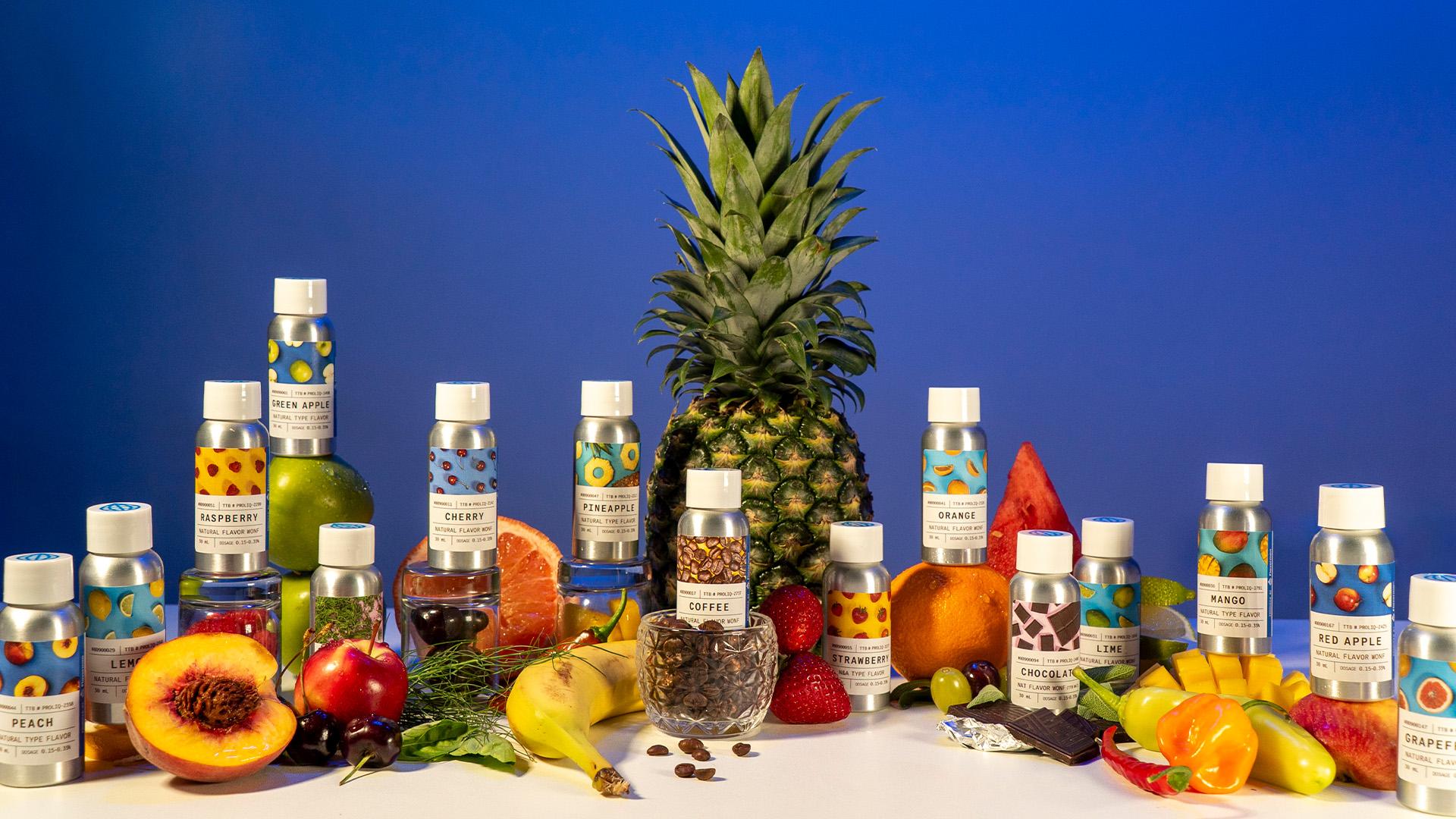
Beverage Trends of 2026
blog
Your Beverage Architects are live on the scene, eager to deliver the inside spill on what’s stirring in the beverage world!
We make
With the rise of mixology and craft cocktail trends, consumer interest in cocktail mixers has gained momentum. Mixers are the non-alcoholic ingredients added to alcohol to create a cocktail. Cocktail recipes vary widely and range from a simple list of ingredients to an exotic menu with intricate preparation instructions. As the cocktail culture grows, new flavor profiles and product innovations continue to drive the cocktail mixer category.

Analytical Testing
Beverage Development
Flavors

The original Zing Zang Bloody Mary mix was spread through word-of-mouth before it became a commercial mixer.

The global cocktail mixers market was estimated at $8.6 billion in 2021 and is expected to reach $18 billion by 2030.

The earliest cocktails were a mix of spirits, sugar, water, and bitters.
History
During the Prohibition era in the United States, liquor-based concoctions gained popularity due to their easier accessibility compared to wine or beer. The earliest recipes for what would eventually be called a "cocktail" included sugar, water, and bitters—ingredients meant to dilute and sweeten the spirit.
After Prohibition was repealed and the commercialization of alcoholic beverages took off, cocktails became a central feature of bar and restaurant experiences. To simplify bartenders' tasks and reduce the costs associated with various bar-top ingredients, liqueurs and ready-to-pour cocktail mixers were introduced. Products such as Zing Zang mixers, Triple Sec, and flavored tonic water flew off the shelves for both business owners and home bars. These convenient, delicious, and versatile creations revolutionized the industry and have since become staples in bars and restaurants worldwide.
Key Considerations
News & Blog

blog
Your Beverage Architects are live on the scene, eager to deliver the inside spill on what’s stirring in the beverage world!

blog
At Flavorman, we’ve spent decades refining our skills in predicting future trends, ensuring that our team and clients are equipped with the proper tools for success.

blog
I remember tasting Red Bull for the first time many years ago when it was offered by a supplier. I didn’t enjoy the flavor when I first tasted it and didn’t think it would appeal to American consumers. Well, I was very wrong.